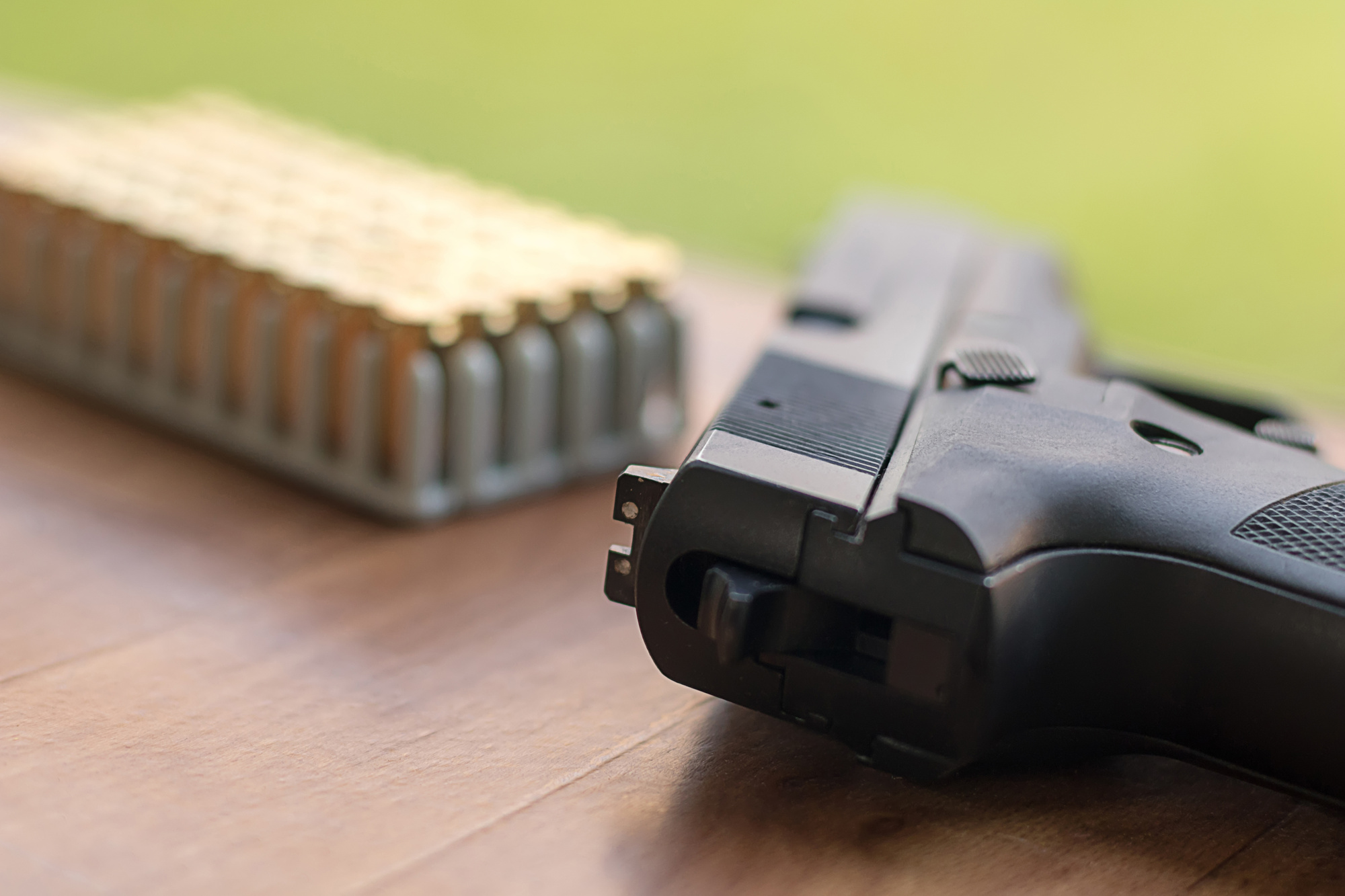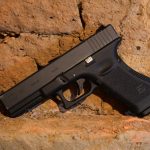A Step-by-Step Guide to an AR-15 Pistol Build
Approximately 70% of gun owners in America own a handgun or pistol. And probably all of them will agree that nothing beats shooting an incredible AR pistol. Except one that you build yourself.
If you’re interested in building an AR-15 pistol, then you’ve come to the right place.
Keep reading this guide to an AR-15 pistol build to learn everything you need to know.
How to Build an AR-15 Pistol
The first thing you should know is that the AR-15 is made up of two halves – the upper receiver and the lower receiver.
Upper Receiver Assembly
This includes a few things:
- Barrel and chamber
- Stripped upper receiver
- Handguard
- Charging handle
- Gas system
- Front sight post
- Bolt carrier group
Two substantial “takedown” pins connect the upper assembly to the bottom assembly.
Lower Receiver Assembly
This includes:
- Pistol grip
- Buttstock (rifle) or brace (pistol)
- Buffer tube
- Trigger, hammer, and safety (lower parts kit)
- Recoil spring
- Latch plate
- Castle nut
- Stripped lower receiver
- Buffer
Building The Lower Assembly
You’ll need everything listed above to put together an entire lower assembly that is ready to work.
1. The Stripped Lower Receiver
The only part of the AR platform that the law recognizes as a firearm is the stripped lower. The upper receiver and all other components of the AR-15 are not regarded as weapons.
These components can be purchased and sold in stores or online just like any other non-firearm component or accessory.
When choosing a lower for your build, you have two choices to consider – the stripped lower receiver and the 80% lower receiver.
2. Lower Parts Kit
Semiautomatic firing is made possible by the lower parts kit (LPK), which regulates the hammer’s operation through the trigger’s sear and disconnector. The safety lever also gives the shooter the option of choosing “SAFE” or “FIRE.”
The lower receiver’s magazine is held in place by it and is released as necessary. In the top receiver, there is a catch-and-release device for the bolt.
3. Buffer Assembly
The recoil spring, weighted buffer, receiver extension (buffer tube), buttstock or pistol brace, latch plate, and the castle nut used to secure the tube to the lower receiver make up the buffer assembly.
Receiver Extension (Buffer Tube)
The recoil spring and buffer are housed in the receiver extension (also known as a buffer tube). The recoil spring is compressed through the buffer when the bolt carrier group of the AR-15 is thrust backward during firing.
Once squeezed, the spring and buffer push the bolt forward, allowing another round to be chambered.
Recoil Spring
For the AR platform, recoil springs come in two different varieties. One is often found on vintage M16s and is much longer and made for the fixed A2-type stock.
Most people opt for the typical carbine spring, though, which is found on almost all AR-15s.
Buffer
The buffer is in charge of absorbing the recoil and blunt force generated by the BCG’s backward movement.
The pointed end of the buffer with the rubber cover rests inside the recoil spring, while the flat face of the buffer rests on the back of the BCG. If the buffer tube bottoms out due to heavy recoil, the rubber end helps prevent damage.
Castle Nut & Latch Plate
The latch plate stops the extension/tube from moving in the threads while the castle nut secures it to the back of the lower receiver. The tiny “nib” on the latch plate’s inner ring engages with the channel made underneath the buffer tube to lock it in place.
The plate is held in place by a circular protrusion on its bottom that lies inside an indentation on the back of the receiver.
Buttstock
The buttstock offers comfort and recoil management and enables you to have a clear sight image. Fixed or adjustable stocks are the two configurations that the AR-15 typically uses, with the latter being more prevalent.
Pistol Brace
A compact, pistol-style AR with a barrel shorter than 16″ is preferred by some. Any firearm with a buttstock is typically required to have a barrel that is 16″ or longer.
Any rifle built with a barrel shorter than 16″ qualifies as a short-barreled rifle (SBR), a type of NFA weapon.
Building The Upper Assembly
The “business end” of things is the upper receiver assembly for the AR. It is the point where the firing pin connects with the primer after the bolt has chambered a cartridge, causing live shots to escape the barrel.
The upper receiver is made up of interconnected systems of diverse pieces, just like the lower receiver.
1. The Gas System
This is a direct-impingement system, meaning that the gas is discharged by the cartridge and moves down the barrel, behind the bullet.
Gas is redirected into the upper receiver through the gas block and gas tube by a tiny hole in the barrel. The bolt carrier group is pushed back into the buffer tube by the force of this diverted gas.
As the bolt cycles as a result of the spent casing being ejected, it also draws a fresh round from the magazine and chambers it before slamming back into the battery.
2. The Upper Receiver
The barrel and barrel extension (firing chamber) must be held in place by the stripped upper receiver for live rounds to be loaded and ignited.
It houses the bolt carrier group (BCG) and charging handle, placing the bolt such that when the trigger is squeezed, the hammer will release and strike the firing pin.
The upper has a straightforward mechanical design. It includes a front assist and frequently a dust cover. Both of these features are optional and not necessary for the AR to work.
The most popular way to mount rear iron sights with an optic is on the receiver’s Picatinny rail.
3. The Bolt Carrier Group
The stripped upper receiver contains the BCG. Live rounds are ignited by the BCG using the hammer and firing pin. One of the most crucial components of the AR-15 is the BCG.
4. The Handguard
The handguard on the AR-15 serves two purposes: to shield the gas block and tube from harm and to shield your hand from the heat produced by the firing barrel. Both two-piece handguards and one-piece handguards made of aluminum are available.
5. The Barrel
This is in charge of firing the projectiles downrange. Any AR-15 chambered in 5.56 NATO or.223 Remington will typically have the barrel shown above: It has a 1:7 twist rate, a length of 16″, and is constructed of 4150 Chromoly Vanadium steel. It has a Melonite finish and a carbine-length gas port that is drilled into it.
It’s Time For That AR-15 Pistol Build
While building an AR-15 pistol can be easy, it’s always best to follow a guide. With this AR-15 pistol build guide, you’ll have everything you need to know about building your own handgun!
For more information about guns and ammo, check out our blog!




Leave a Reply
Want to join the discussion?Feel free to contribute!